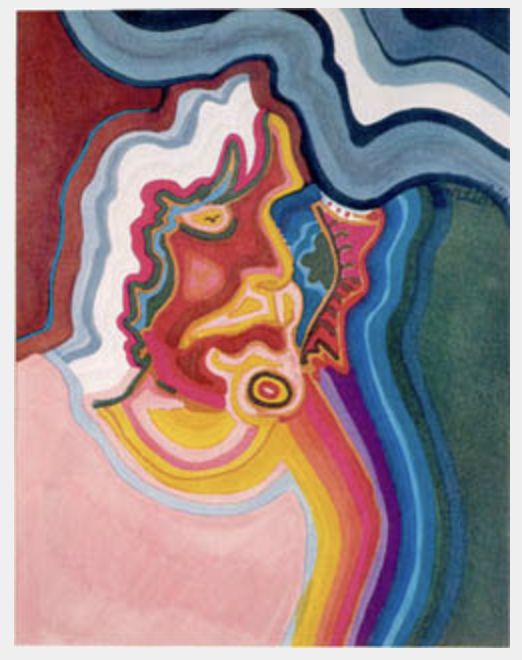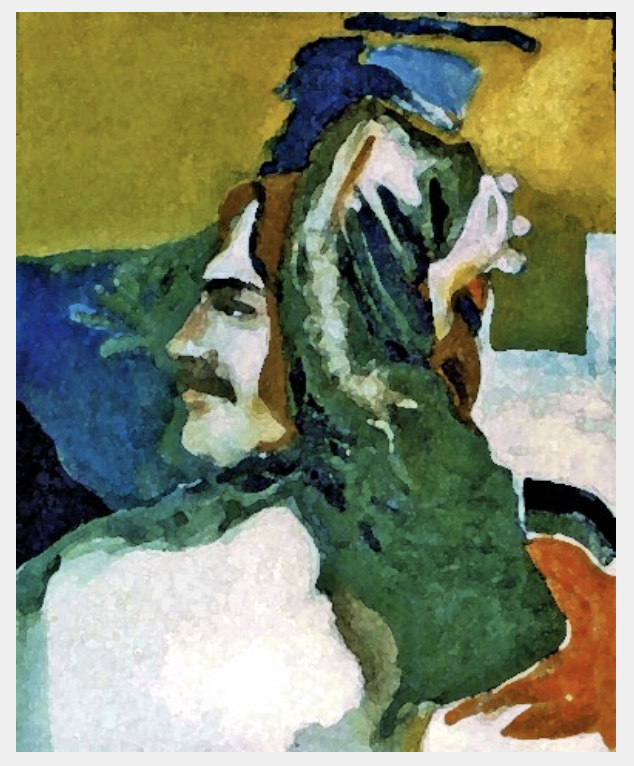Joni Mitchell: The Artist Who Inspired Taylor Swift
Joni Mitchell, a groundbreaking artist, has transformed the music landscape with her poignant songwriting and genre-defying sound. Her albums, especially Blue, delve into themes of love and heartbreak, influencing countless musicians across generations. Her legacy is profound.

Joni Mitchell, born Roberta Joan Anderson on November 7, 1943, in Fort Macleod, Alberta, Canada, is a name that resonates with music and culture fans alike. As one of the most influential singer-songwriters of the 20th century, her contributions to music and the arts are unparalleled. Mitchell is often lauded for her lyrical poetry, genre-defying sound, and emotional vulnerability, which has made her a beloved figure in popular music. Her work, spanning over five decades, delves into themes of love, heartbreak, self-reflection, environmentalism, and social issues, and she has continuously evolved, challenging both herself and her audience.
Early life and artistic beginnings
A deep love marked Joni Mitchell’s early years for art and music. She began her creative journey as a painter, and this artistic sensibility later informed her approach to music. Her visual artistry is evident in her lyrics, often described as “painterly,” evoking vivid imagery and emotion. After contracting polio at age nine, Mitchell spent time recovering in the hospital, where she developed a strong sense of independence. This experience shaped much of her worldview and influenced her later work.




Credit: Joni Mitchell
Mitchell's early exposure to folk music, coupled with her classical piano training, laid the foundation for her eclectic sound. In the mid-1960s, she moved to Toronto and began performing in coffeehouses and folk clubs, gaining recognition for her distinctive voice and songwriting. By the time she moved to the United States in 1967, she had developed a reputation for her originality and lyrical depth. Her first album, Song to a Seagull (1968), produced by David Crosby, marked the beginning of a career that would transcend musical genres.
While Mitchell had already gained significant attention by the late 1960s, it was her 1971 album Blue that truly cemented her place in the annals of music history. Blue is often considered one of the greatest albums of all time, known for its raw emotional honesty and minimalist arrangements. Tracks like "A Case of You," "River," and "All I Want" showcase her ability to craft deeply personal songs that resonate on a universal level. The album reflects on love, heartbreak, and longing, drawing from Mitchell’s own experiences, including her romantic relationships with other musicians like Graham Nash and James Taylor.


Joni Mitchell with Graham Nash and James Taylor, Credit: Joni Mitchell
Mitchell's confessional style in Blue set a new standard for singer-songwriters, influencing countless artists from multiple genres. The vulnerability she displayed—rare for the time, particularly from a female artist—opened the door for future generations to explore similar themes of personal introspection and emotional complexity in their music.
Not content to remain within the boundaries of folk or pop, Mitchell began to explore new musical directions in the mid-1970s. With albums like Court and Spark (1974), she delved into jazz and more complex song structures. Her collaboration with jazz legends like Jaco Pastorius and Herbie Hancock on albums such as Hejira (1976) and Mingus (1979) further demonstrated her versatility. While her experimentation with jazz alienated some of her early folk fans, it solidified her reputation as a boundary-pushing artist willing to take creative risks.
Throughout the 1980s and 1990s, Mitchell continued to evolve musically, incorporating electronic sounds and world music influences. Albums like Dog Eat Dog (1985) and Turbulent Indigo (1994) received critical acclaim, even if they didn't always achieve the commercial success of her earlier work.


Credit: Joni Mitchell
Visual art and legacy
In addition to her musical career, Mitchell is also a respected painter. She has often described painting as her first love, and her visual art has been featured on many of her album covers. Her artwork, much like her music, is deeply personal and reflects her introspective nature. The connection between her visual and musical artistry is clear: both mediums are avenues through which she explores identity, emotion, and the world around her.
Mitchell's influence extends far beyond her recordings. Artists as varied as Prince, Björk, and Taylor Swift have cited her as a key influence on their work.

Mitchell's ability to blend genres, craft intricate melodies, and deliver profound lyrical insights has left a lasting imprint on the music world.
In recent years, Mitchell has faced health challenges, including a brain aneurysm in 2015, which temporarily left her unable to speak or walk. However, she has made remarkable progress in her recovery, and in 2022, she made a surprise appearance at the Newport Folk Festival, her first full live performance in over 20 years. This return to the stage was a testament to her enduring spirit and passion for music.

Joni Mitchell’s legacy is one of artistic bravery and innovation. From her early days as a folk singer to her exploration of jazz, pop, and beyond, she has remained a singular voice in the world of music. Her introspective lyrics, innovative musicality, and fearless approach to art have inspired generations of musicians and listeners. Mitchell’s influence will undoubtedly continue to reverberate for years to come, making her not just a musician but a true cultural icon.





